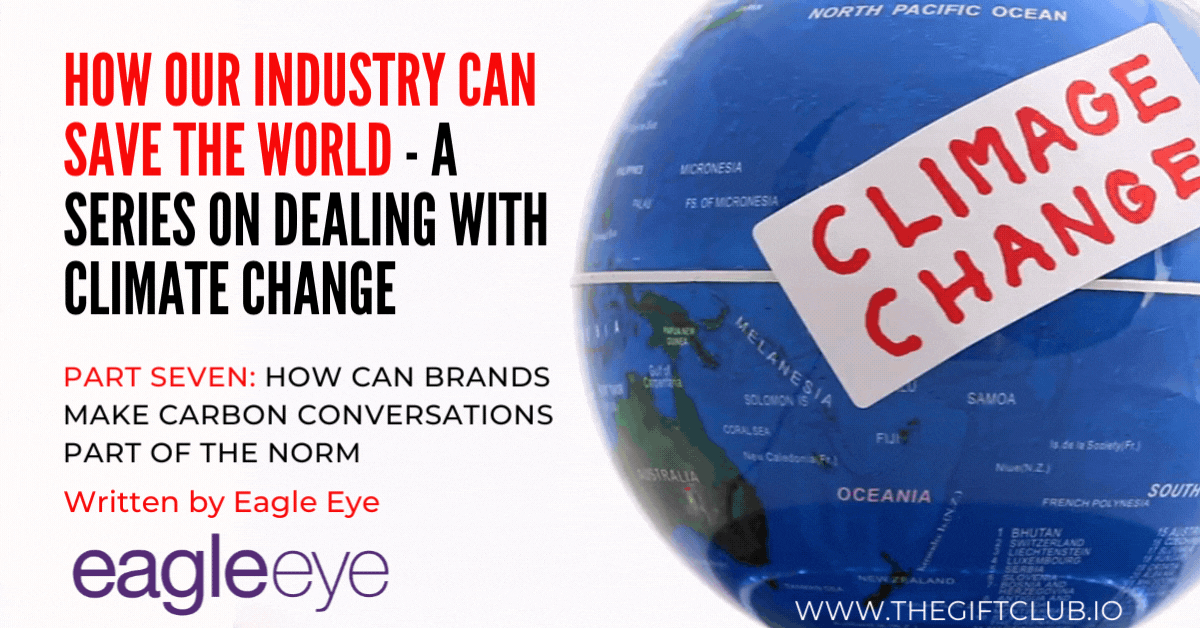By Eagle Eye
Like most trends, the carbon label movement first gained steam among smaller brands, particularly those whose products have an environmental focus. Meat alternative company Quorn added carbon information to most of its packaging in 2020, estimating a product’s total carbon emissions from farm to shelf. Plant-based milk alternative Oatly also now features carbon figures on its cartons and lists the same information on its website.
Larger players aren’t far behind. Unilever announced in February that it was working to introduce carbon labelling to the company, with plans to eventually communicate the carbon footprint of every product it sells.
By calculating those numbers and making them freely available, brands can bring environmental factors into the product research process that consumers already go through before making a purchase. The information can be directly communicated to consumers using software that integrates at the point of sale. We all make choices when we buy food, clothes and other consumables, but without accessible carbon information, it’s hard to tell if we’re making the best choices for the environment.

Providing information about a product’s carbon footprint can help our planet both collectively and individually, and it has the potential to change consumer behaviours. For example, once a consumer has shopped with a brand or retailer that provides carbon emissions information, it may be harder for him/her to shop with companies that don’t.
Retailers that are able to provide this information will also benefit from the ability to analyse the changing patterns of their customers’ shopping behaviours as a result and will be able to use these data-driven insights to provide more value to their customers by making personalised recommendations on other products/brands or even activities that they could engage with to help them reduce their carbon footprint further. This approach also can build stronger brand loyalty and ultimately create more sustainable shopping habits, with everyone across the supply chain doing their part.
For more information about Eagle Eye, click here.




